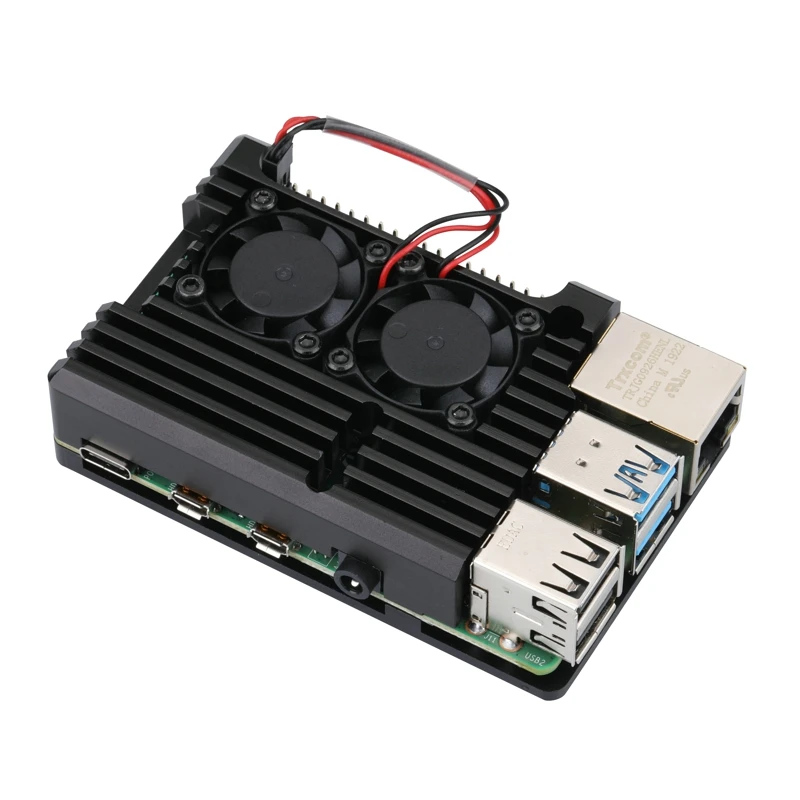

- #RPI FILEZILLA PORT HOW TO#
- #RPI FILEZILLA PORT MAC OS#
- #RPI FILEZILLA PORT INSTALL#
- #RPI FILEZILLA PORT UPDATE#
- #RPI FILEZILLA PORT SOFTWARE#
If not, you will need to find the IP of your Lakka box. You may be able to connect to Lakka via the name “lakka” in your SCP client.
#RPI FILEZILLA PORT SOFTWARE#
It will also require that you have and be familiar with operating SCP-enabled file transfer software or an SSH client capable of managing SCP file transfers. This method requires that SSH be enabled in Lakka, but it is faster than SAMBA. Once you have determined Lakka’s IP, enter that address in the file browser as with the Lakka name earlier, such as \\FULL.IP.ADDRESS.HERE\. If you cannot reach the Lakka system by name, it may be possible to reach it by IP. Windows, OS X, and most Linux distributions should be able to navigate directly to Lakka’s Samba share by entering \\lakka\ into their file browser. Only the most important folders are accessible via Samba. Samba is a service that you can enable in Settings->Services which allows other computers on the local network to transfer files to Lakka via the CIFS/SMB protocol. Transferring files via a network connection File transfer via Samba share System shows the content of /tmp/system. Where applicable, SAMBA shows the merged content, e.g. Shaders for rendering various visual postprocessing effectsīIOS files and other files needed by emulators Profiles for automatic configuration of game controllers Changes to these special folders are persistent during reboots. These mount points are present in the /tmp folder, where folder from root file system is overlayed with custom content. Root file system of Lakka is read only, therefore any changes to assets, cores or other files used by RetroArch are made using overlayfs mount points.


#RPI FILEZILLA PORT UPDATE#

Savestates - ‘quicksave’ states, as opposed to savefiles.Savefiles - save files created by the games.Roms - ROMs, films, music, and other content, including downloads subfolder with files downloaded by the Online Updater → Content Downloader.Remappings - custom controller mappings per game / core.Playlists - custom playlists and playlists created by the scanner.Joypads - joypad autoconfiguration profiles.Database - files used for content matching during automatic scanning of ROMs.Cores - libretro emulator cores and info files.Configfiles - configuration files for RetroArch and other parts of the system.Assets - fonts, icons, background images, themes.Note that these the only folders which are made accessible via SAMBA – accessing other areas of the filesystem requires a different approach. The editable portions of the Lakka system can be found in the following folders. Lakka can also be configured to use ROMs that are served from a NAS for users who are comfortable working in a Linux shell environment. Attaching the Lakka drive to another system.There are two overall approaches to gaining access to the Lakka filesystem: Access to the filesystem also makes it possible to content like screenshots or savefiles from Lakka.
#RPI FILEZILLA PORT HOW TO#
Please see FTP and SFTP FTP and SFTP FTP and SFTP to learn how to find these settings.It is necessary to access the Lakka filesystem in order to accomplish tasks such as adding ROMs or BIOSes.
#RPI FILEZILLA PORT INSTALL#
Please follow the installation steps to install the application on your computer. The first thing you need to do is download a copy of Filezilla at. It supports both FTP and SFTP, and can be used with all (mt) Media Temple services.
#RPI FILEZILLA PORT MAC OS#
FileZilla is a free, open source FTP client for Windows, Mac OS X, and Linux.


 0 kommentar(er)
0 kommentar(er)
